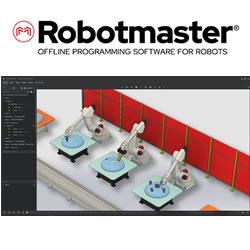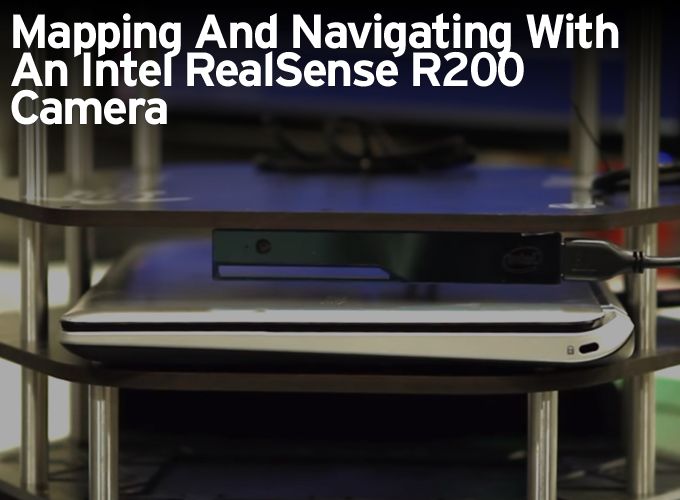In our latest demonstration, Archie provides an overview of the R200 sensor and shows how it can integrate seamlessly with ROS and a TurtleBot to accurately map and navigate an environment.
Chris Bogdon | Clearpath Robotics
A light-weight 3D camera with ROS integration
The RealSense R200 camera is a new 3D camera from Intel that packs three cameras – two IR cameras (left and right) and one RGB camera – into a small, light-weight form factor. With its relative low cost, high performance and ROS support, the RealSense R200 is an ideal vision sensor for rapid robotic prototyping, and has caught the attention of robot enthusiasts – including our own Archie Lee.
Archie, PR2 Support Co-Op from the University of Waterloo, has put the sensor’s depth sensing capabilities to the test. In our latest demonstration, Archie provides an overview of the R200 sensor and shows how it can integrate seamlessly with ROS and a TurtleBot to accurately map and navigate an environment. While the software is definitely in the early stages, and takes some time to get operational, there are a lot of potential applications for a small, high quality sensor.
Intel has also made efforts to support the open source robotics community by actively providing drivers and bug fixes to their software. This is a great change from the older Microsoft Kinect sensor, which had a reverse engineered, community made driver.
Watch Demo
Check out the full TurtleBot and Intel RealSense R200 demonstration below. If you would like to try it out yourself on your own ROS-enabled robot, you can download Intel’s ROS packages and drivers. We used ROS Indigo with Ubuntu 14.04, which seems to be the common choice. If you need to get up to speed with ROS first, check out our ROS 101 tutorials.
The content & opinions in this article are the author’s and do not necessarily represent the views of RoboticsTomorrow
Comments (0)
This post does not have any comments. Be the first to leave a comment below.
Featured Product


